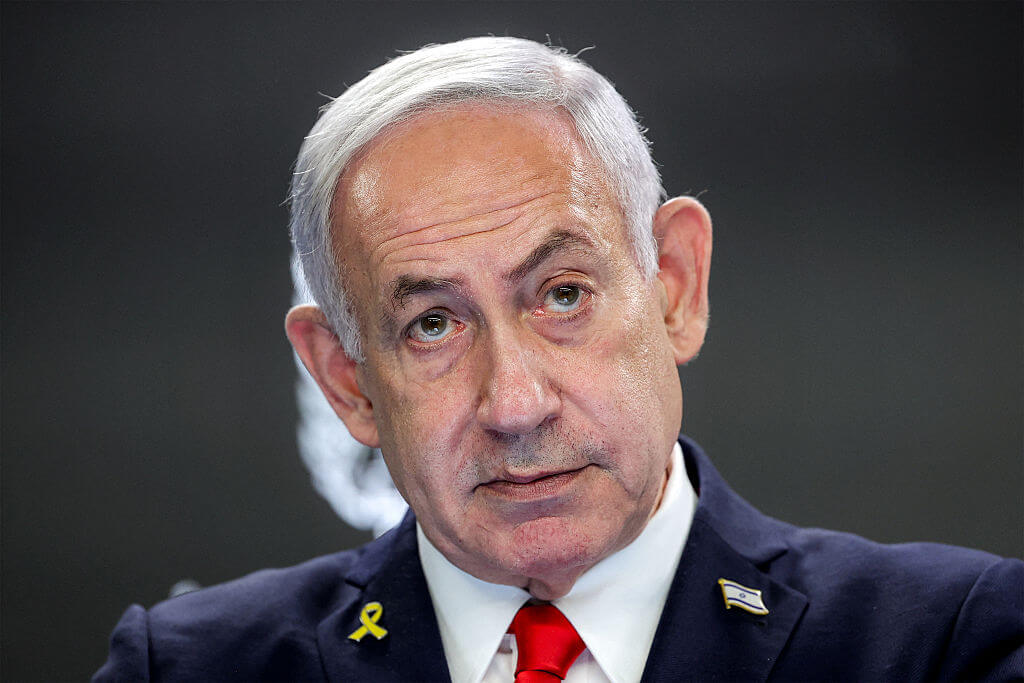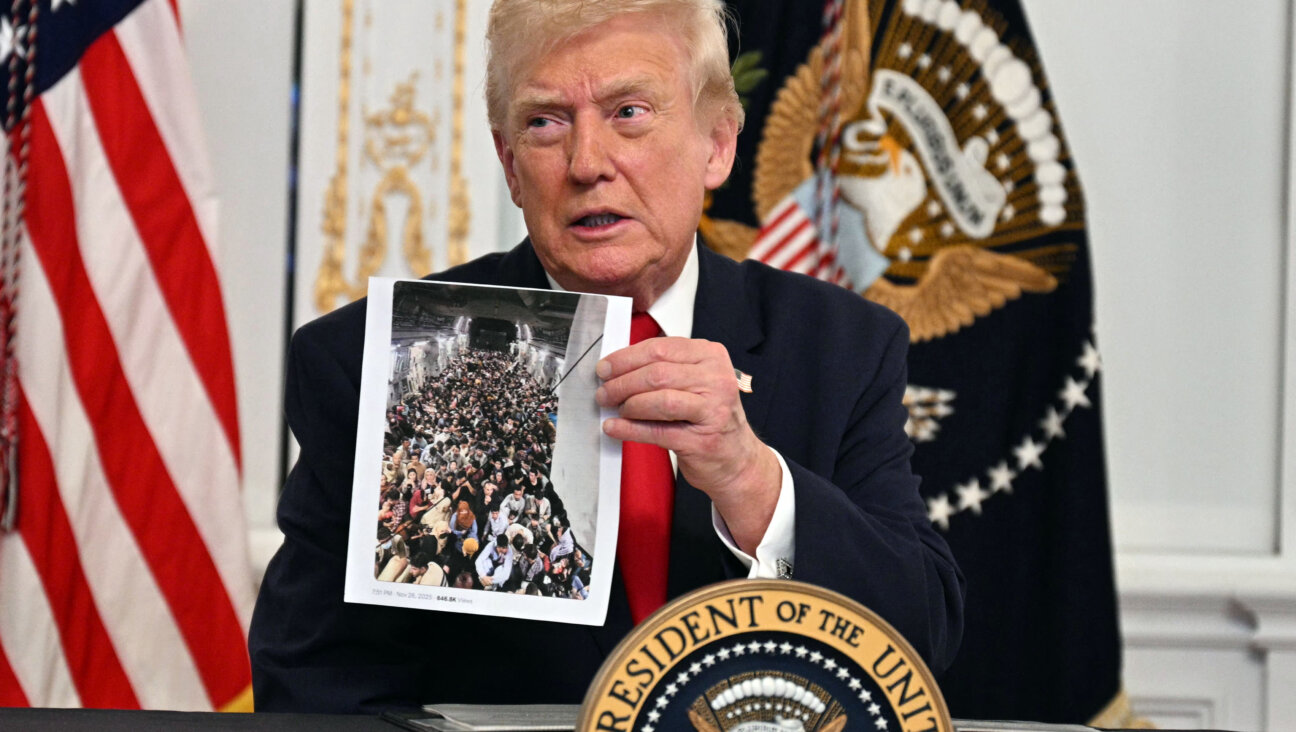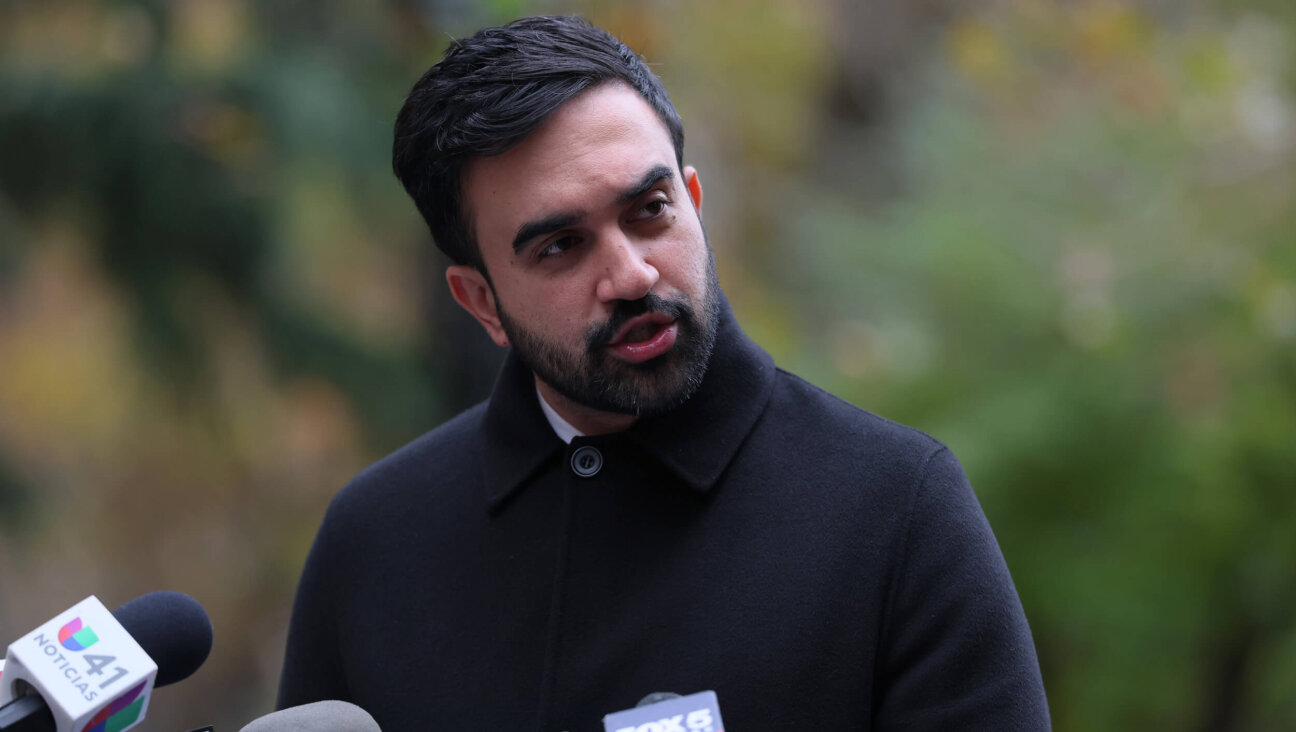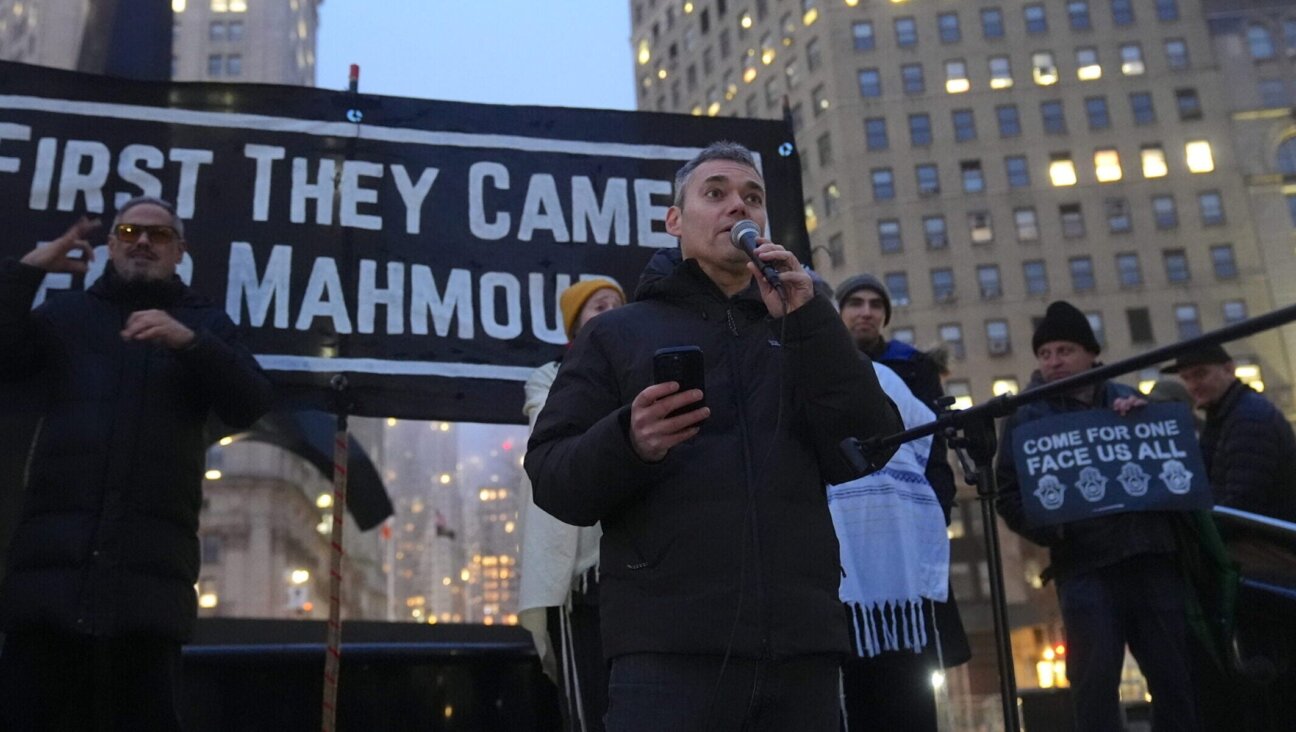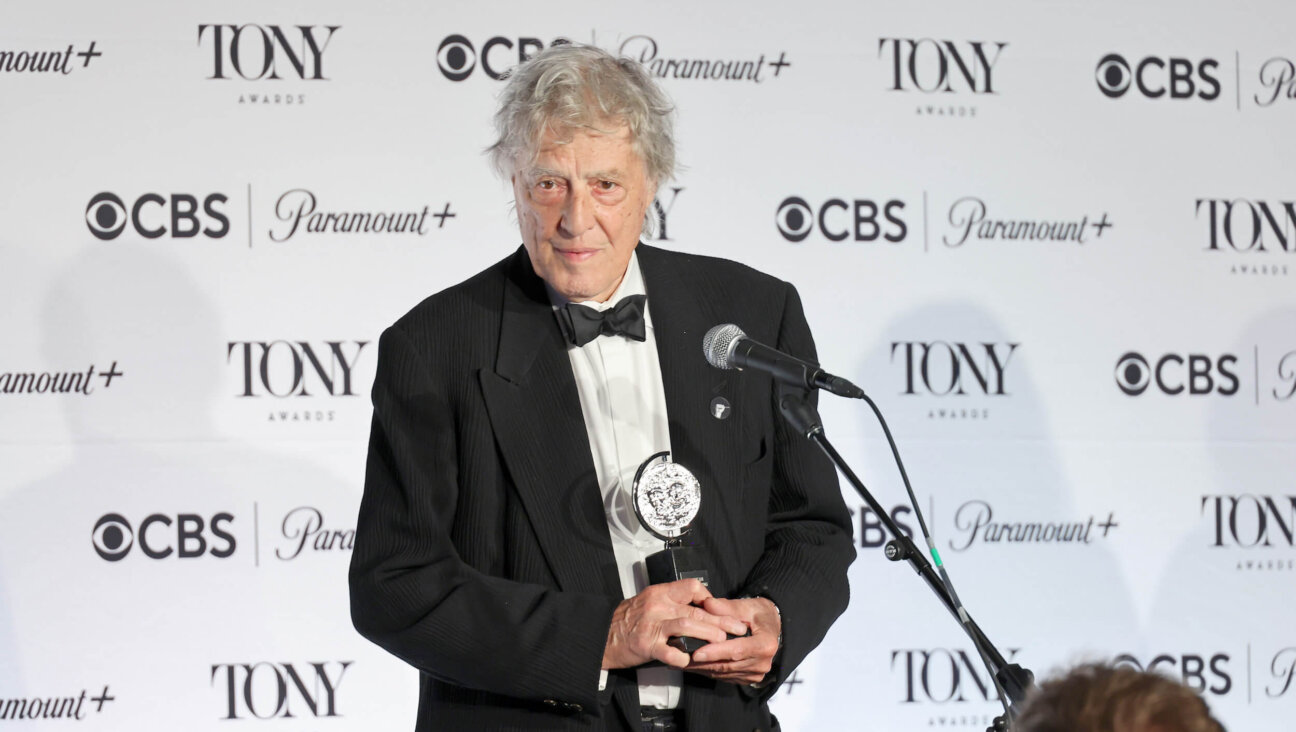A Tribute That Desecrates Rather Than Sanctifies
Creating a memorial to the 600,000 Jews murdered at the Belzec death camp in Poland is of the utmost importance. It is profoundly distressing, however, that the planned memorial will feature an enormous trench running through the entire camp. The project has already disturbed — and will continue to disturb — the ashes and bones that cover the entire surface of the camp and the human remains that lie underneath. The entire terrain of Belzec is suffused with the remains of Holocaust victims, which were disinterred by the Nazis, cremated and crushed, in an attempt to hide their horrific crimes. The digging of the trench is thus one of the greatest desecrations ever of the Holocaust dead.
The Belzec trench controversy has been particularly painful as it involves my disagreeing publicly with my cherished friend Rabbi Irving Greenberg as well as the American Jewish Committee, whose noble work under the leadership of David Harris has been exemplary. I know that their motives are pure. Still, with all my heart and soul, I believe the position they have taken is terribly misguided, so misguided that we at Amcha-The Coalition for Jewish Concerns have now been forced to go to the courts. We have done so for the following reasons:
First, from the time the AJCommittee assumed responsibility for the project in late 2002, it has not allowed any due process in discussing the issue. There has not been a single public forum held on the matter, either in the United States or in Israel. And David Harris himself has on numerous occasions refused to meet with me to discuss the issue. This is contrary to the AJCommittee’s principle of open dialogue and discussion in Jewish life. Ignoring Amcha, whose protests convinced the current chairman of the United States Holocaust Memorial Museum to disengage from the project in 2002, is regrettable to say the least.
Second, before 2002, when the project was still under the aegis of the Holocaust museum, only a select few knew about it. Amcha first learned what was happening at Belzec in 2002, 15 months before construction began, at which point I immediately shared our concerns with Rabbi Greenberg, the museum’s outgoing chairman. Rabbi Greenberg told me that the matter was closed, claiming that the Polish architects could not alter their plans and that any changes would result in the Polish government’s withdrawal from the project. We reject that argument. Our own recent discussions with the Polish government indicate that it will comply with the wishes of the Jewish community. In court proceedings, I believe, the Polish government would publicly state that this is so.
Third, in lifting the veil of secrecy surrounding this project, we discovered that, incredibly, until 2002 not a single rabbinic expert in this area of Jewish law had seen the plans for the Belzec trench, much less approved them. Only because of Amcha’s protests was the respected Rabbi Elyakim Schlesinger brought in to supervise the process.
But here, too, a breakdown occurred. Rabbi Schlesinger has told me that his decision to support the project was based on information that there was no alternative to the trench. In fact, every rabbinic authority we have spoken to has said that an alternative to the disruptive trench design is far preferable. In a court of law, Rabbi Schlesinger will hear that there always were and still are other options, such as building the memorial outside the camp. He will also hear that the Polish architects behind the project have said that the trench design was meant to sanctify the earth in which the ashes lie. This is not a Jewish concept. We sanctify the dead by covering them, not by digging into them.
Fourth, despite our protests and the protests of many others, including the New Cracow Friendship Society, which represents 400 families of survivors from the Krakow area who lost relatives at Belzec, work on the Belzec trench is continuing. The only way left for us to stop the project from barreling ahead was to go to the courts.
Fifth, a court decision in our favor will send a clear message that digging into the bones and ashes of Holocaust victims is unacceptable. In this sense, the current controversy goes far beyond Belzec itself. If this trench is built, it will set the dangerous precedent that digging into remains is allowed. It is not coincidental that we now see efforts to dig into the remains of Holocaust victims at Babi Yar, to build a Jewish community center, and in Belarus, to build a soccer stadium.
Finally, we would have preferred going to a rabbinic court, or beit din, to have the matter adjudicated. It is before a Jewish tribunal that the controversy should be resolved. But the AJCommittee has refused to come to the rabbinic court. If it agrees, we will immediately withdraw the suit.
We have now learned that earth-boring devices drilled deep into the earth as recently as May 26 — after Rabbi Michael Schudrich, the chief rabbi of Warsaw and Lodz, assumed on-site responsibility to supervise the project for the AJCommittee. This is especially appalling as Rabbi Schudrich, on these very pages a few weeks ago, condemned the drilling of more than 2,000 bore holes, many of them into the mass graves, which had taken place between 1997 and 1999 when the project was still under the auspices of the Holocaust museum. The unforgivable drilling bored into the ashes, crushed bones and “wax-fat” that are the remains of the Holocaust dead as documented by Andrej Kola in his book on Belzec, co-published by the Holocaust museum in 2000.
We have also been told that Rabbi Schlesinger visited the Belzec site on August 10 with Rabbi Schudrich. But the visit, Rabbi Schlesinger’s first since the construction began, occurred on a Sunday when the cranes were not operating and no cement trucks or tractors were on site. Moreover, the visit was announced beforehand, giving those in charge of the site time to prepare and put their best face forward.
When I made an unannounced visit to Belzec three weeks ago with Amcha’s vice president, Rabbi Shmuel Herzfeld, we found the site unsupervised despite Rabbi Schudrich’s promises of strict rabbinic supervision of the project, also made in these very pages. The entire site was covered with bones to the degree that I had to withdraw because I am a kohen. The archaeologist on site told us that everyone knows there are bones everywhere.
What we witnessed in Belzec was an enormous, almost unimaginable desecration of the remains of Shoah victims — cranes, tractors and a dog trampling the remains of our holy ancestors. I am convinced that had Rabbi Schlesinger come alone and unannounced while construction was going on, and had he seen cement trucks and tractors crushing the remains, he would have been as appalled as we are. In an open court proceeding, the public would see the video and pictures we took that day; it would also see the pictures of the May 26 hand drilling and would similarly be appalled.
The AJCommittee is a powerful organization. Yet with power comes responsibility. The ethics of power requires that one listen to the many voices in the community. The AJCommittee — unlike the Holocaust museum’s current chairman, Fred Zeidman, who met with me to discuss the matter and then decided to withdraw from the project — has ignored the voices of those who believe the Belzec trench is a desecration. Amcha was left no choice but to speak truth to power by going to the courts.
Avi Weiss is senior rabbi at the Hebrew Institute of Riverdale and national president of Amcha-The Coalition for Jewish Concerns.

